Search
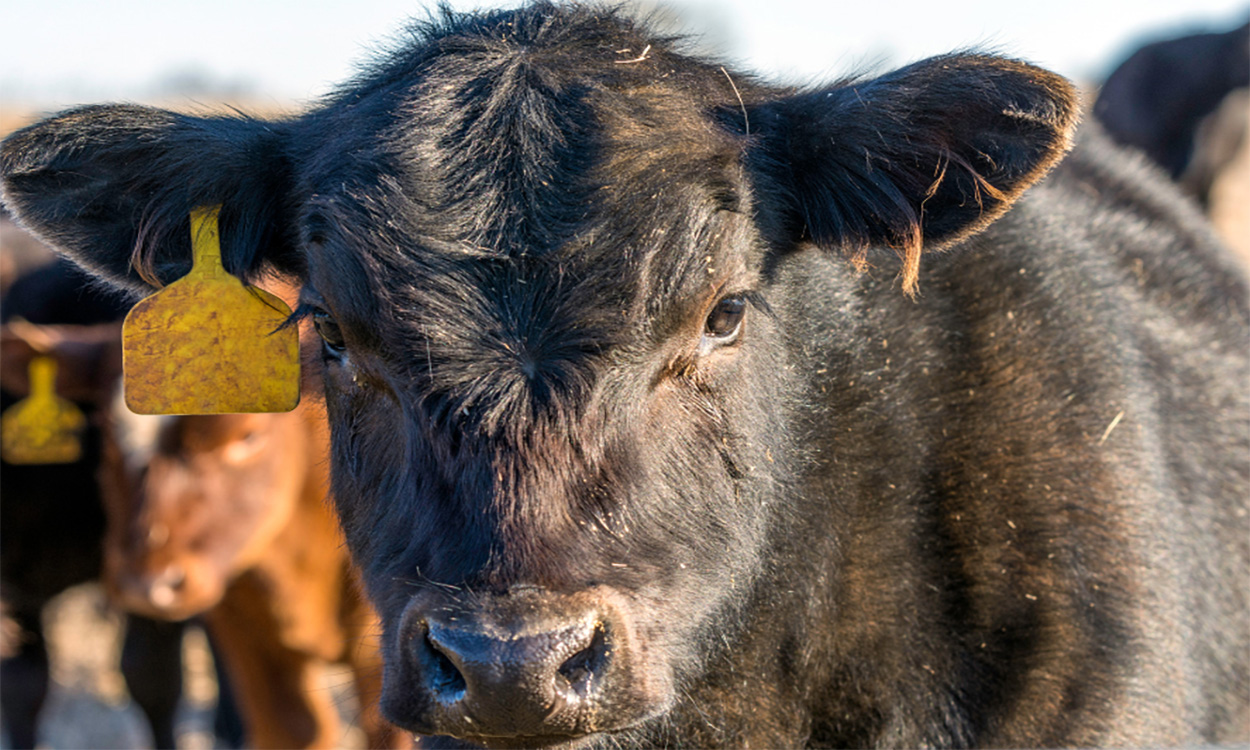
Research Update: Supplement Delivery Methods for Weaned Calves
When transitioning calves through weaning, it is critical to ensure that they consume nutrients to support their immune system and to set them up for rapid, efficient gains. But what supplement delivery methods work best?
Cranberries: A colorful and nutritious fruit
Fall is a busy time for farmers in the northern Great Plains, harvesting thousands of acres of corn and soybeans. Not too far away, in central and northern Wisconsin the harvest was in full swing too, but the crop they are harvesting is a small fruit called the cranberry. Wisconsin is the leading state in cranberry production, growing 60% of all of the cranberries consumed in the United States.
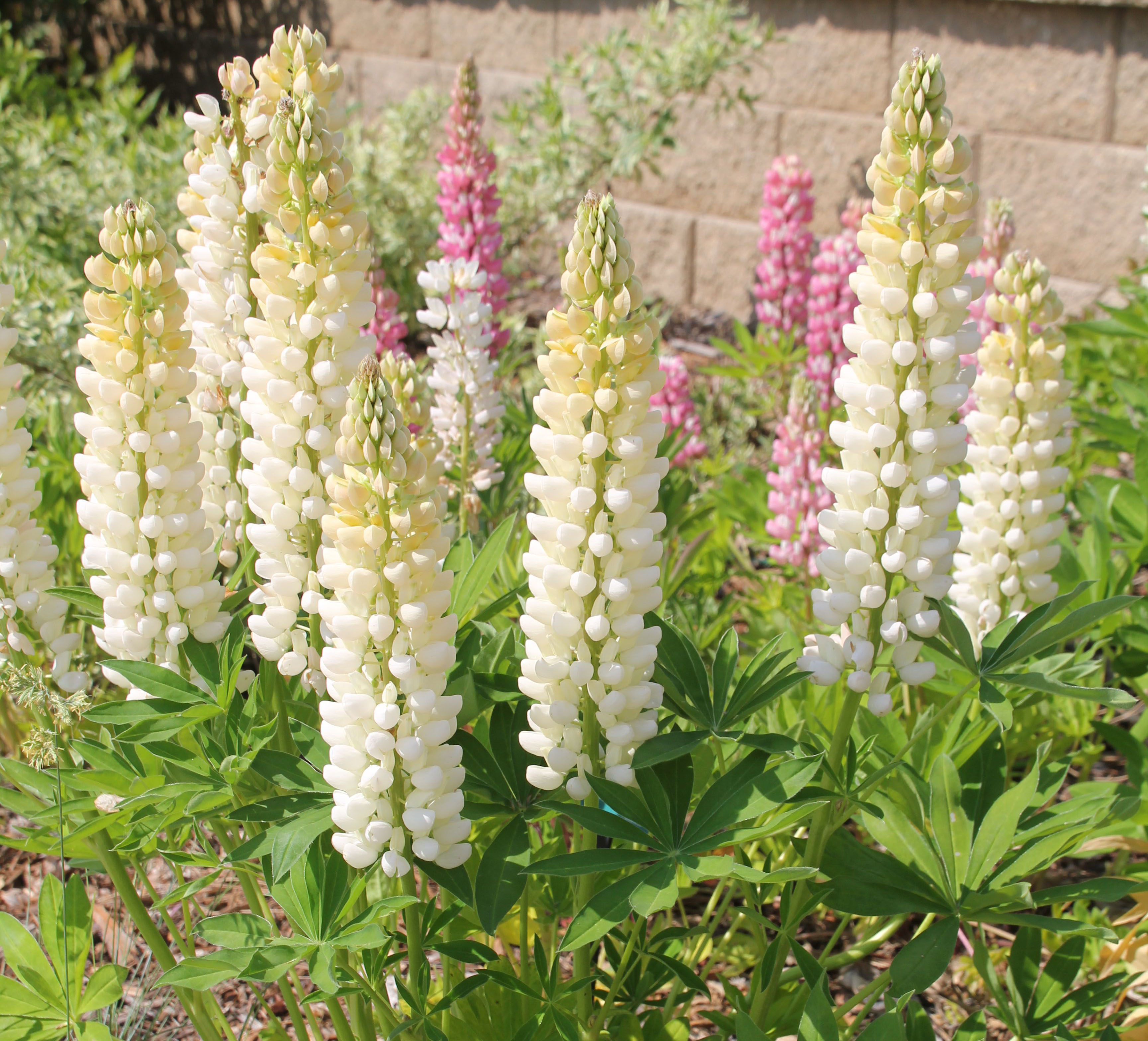
Lupines for Northern Gardens
Lupines (Lupinus), a genus of plants in the legume family Fabaceae, are popular plants in the United States. In addition to their aesthetic value, lupines provide a variety of benefits to the garden.
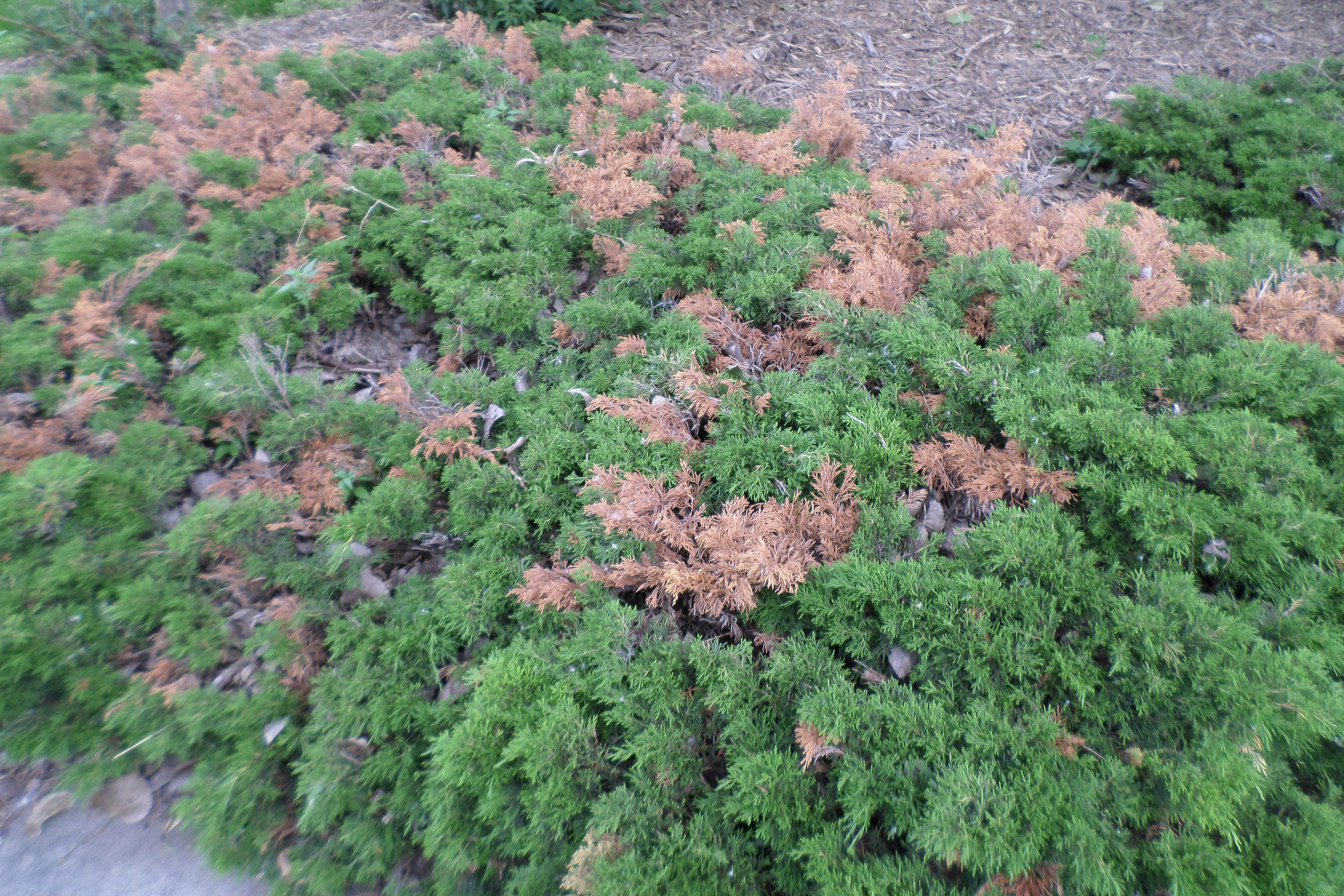
Vole Damage to Junipers & Small Trees
Vole-damaged junipers can be identified by distinct yellowing and browning shoot tips, as well as unique gnaw marks.
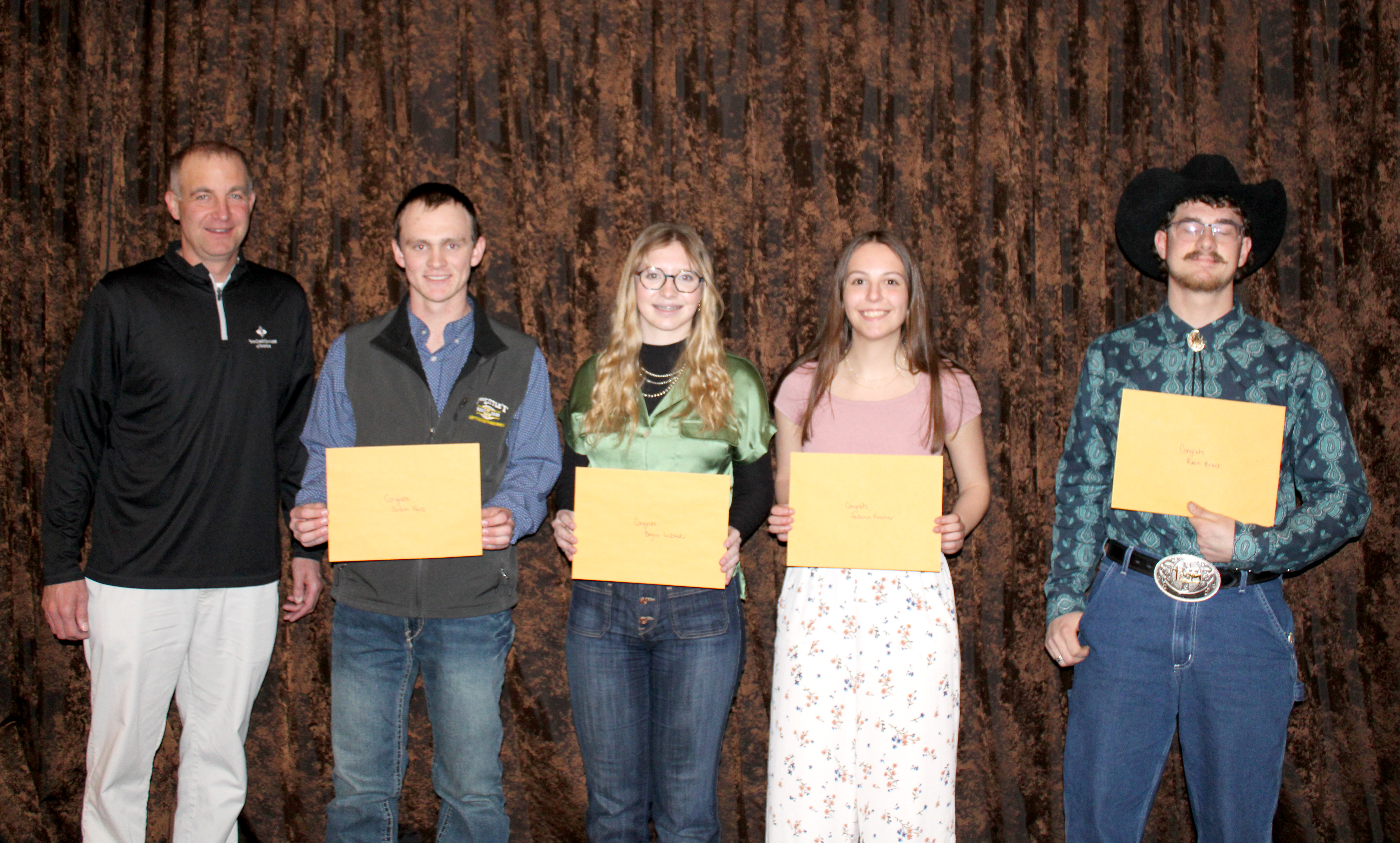
SD Master Pork Producers Association awards scholarships to 4 SDSU students
March 08, 2024
Four South Dakota State University students have received $1,000 scholarships from the South Dakota Master Pork Producers Association.
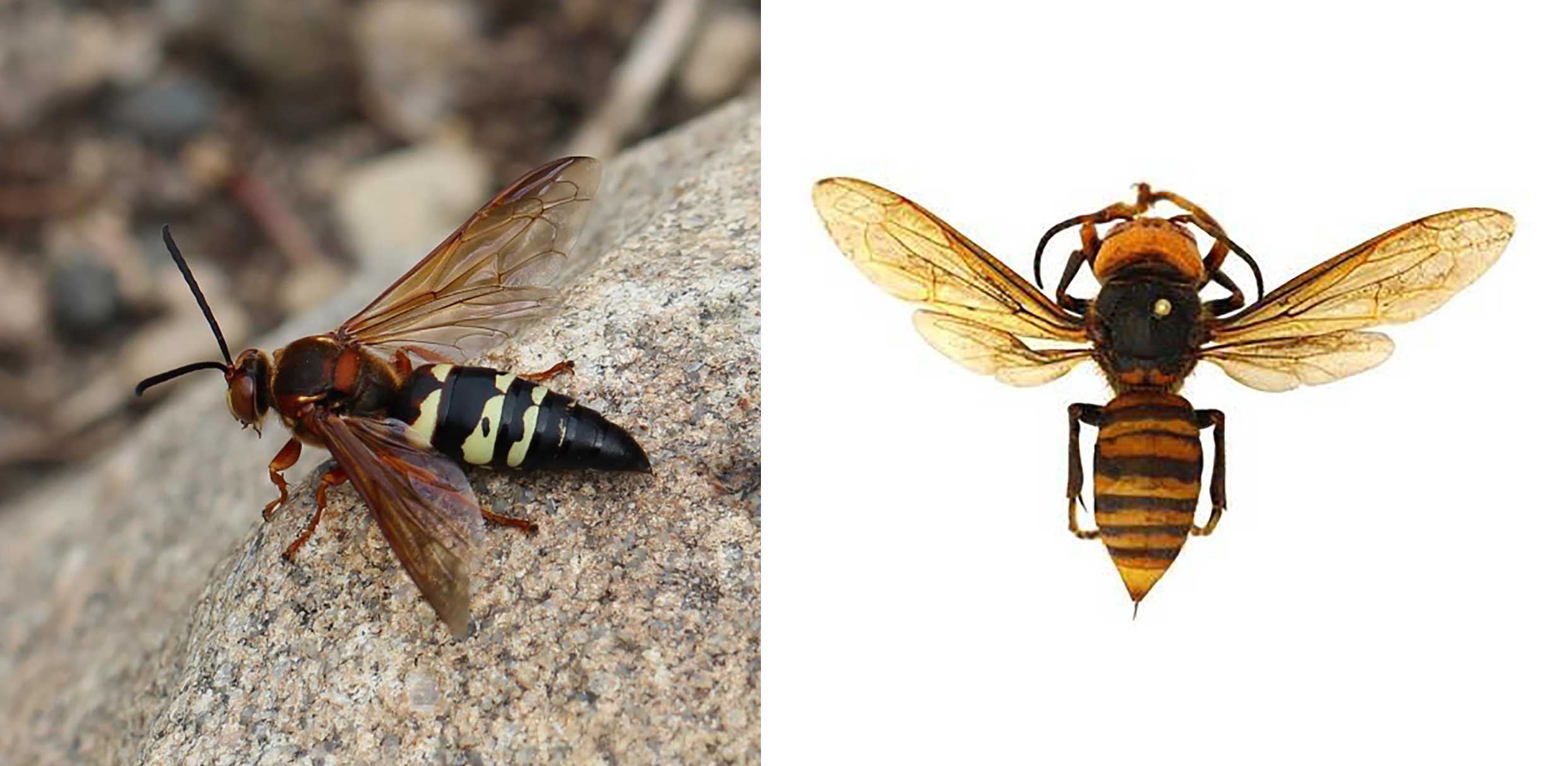
No, It’s Not a Murder Hornet.
By now, you’ve probably read headlines about the Asian giant hornets (aka “murder hornets”) that were spotted in Washington state and across the border in Canada. It is important to note that Asian giant hornets have only been confirmed in a small area of Washington and Canada. These wasps have not been observed in South Dakota or our neighboring states.
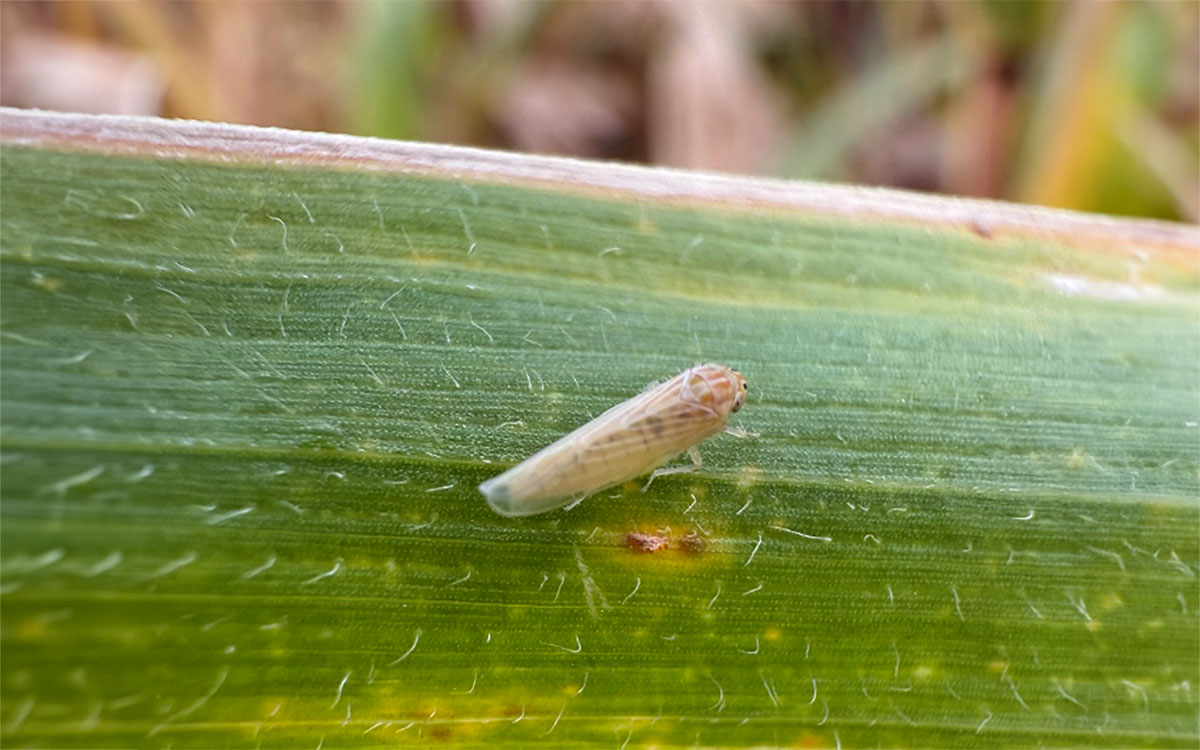
Corn Stunt in South Dakota
In late September, a sample received from Deuel County was confirmed positive for corn stunt, a disease spread through corn leafhopper feeding. This diagnosis is the furthest north corn stunt has ever been confirmed and reported in the United States.
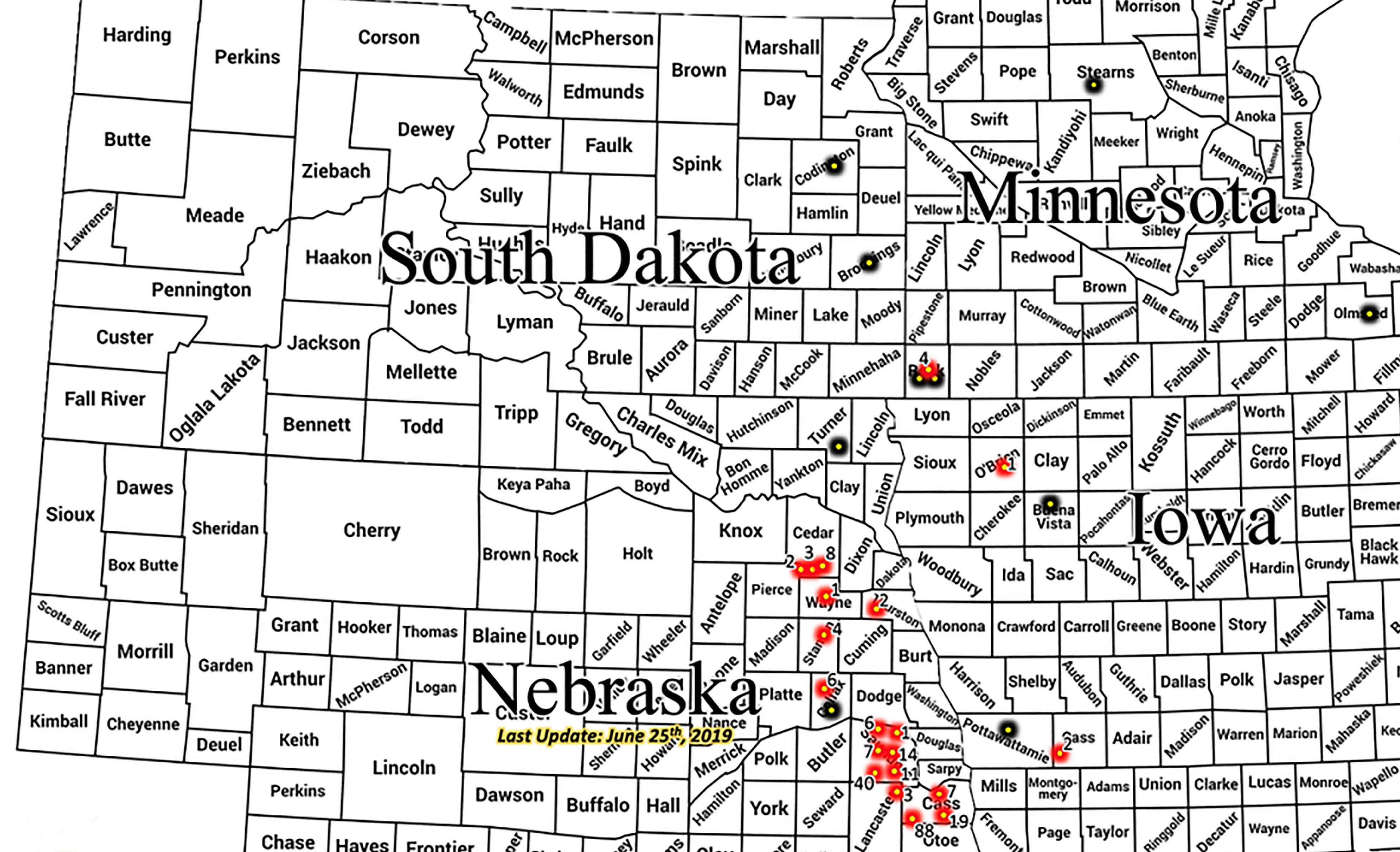
Soybean Gall Midge Are Emerging Around Us, But No Captures in S.D.
Last year, the soybean gall midge caused a lot of issues in soybean, including lodging and up to 50% yield loss. In an effort to determine when soybean gall midge adults are emerging in 2019, a network of emergence traps has been established in South Dakota, Nebraska, Iowa and Minnesota. So far, emergence of the adult soybean gall midge have been reported from Iowa, Nebraska and Minnesota.
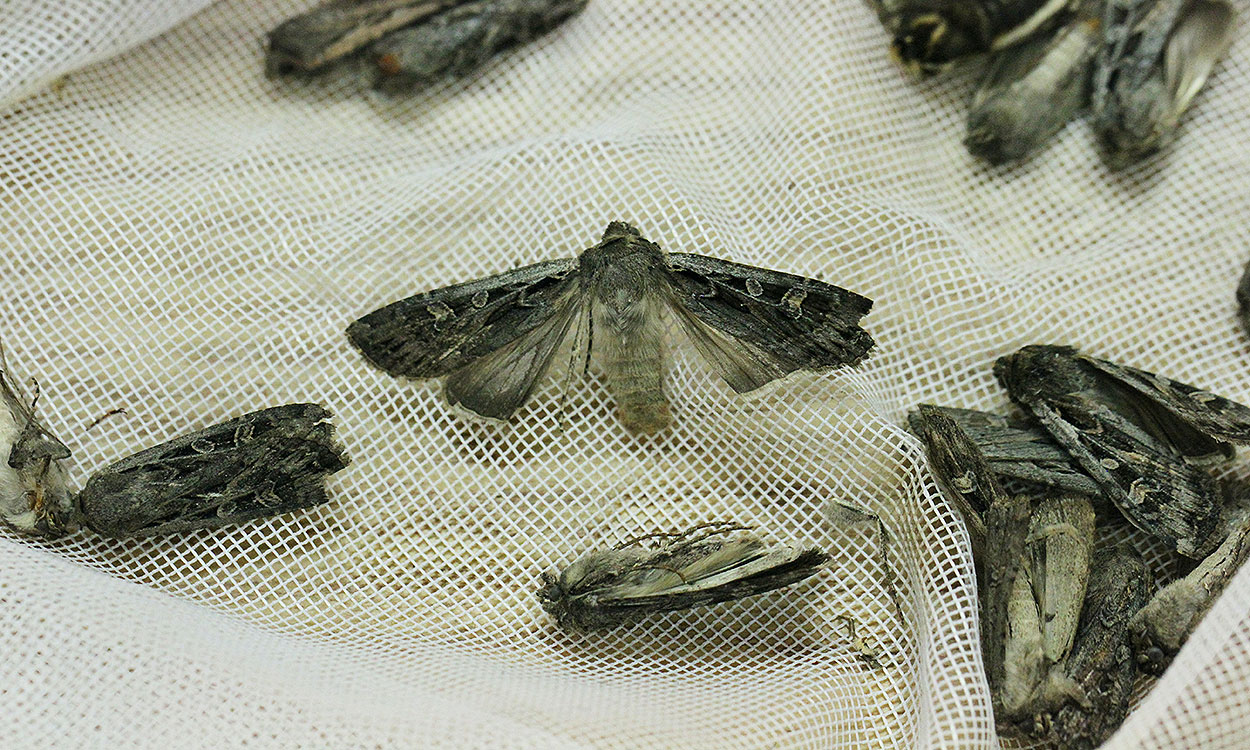
Army Cutworms Returning to South Dakota
A black light trap at the SDSU West River Research Farm near Sturgis has started capturing army cutworm moths. This indicates that the moths that migrated west this spring are returning to the South Dakota plains to lay eggs.
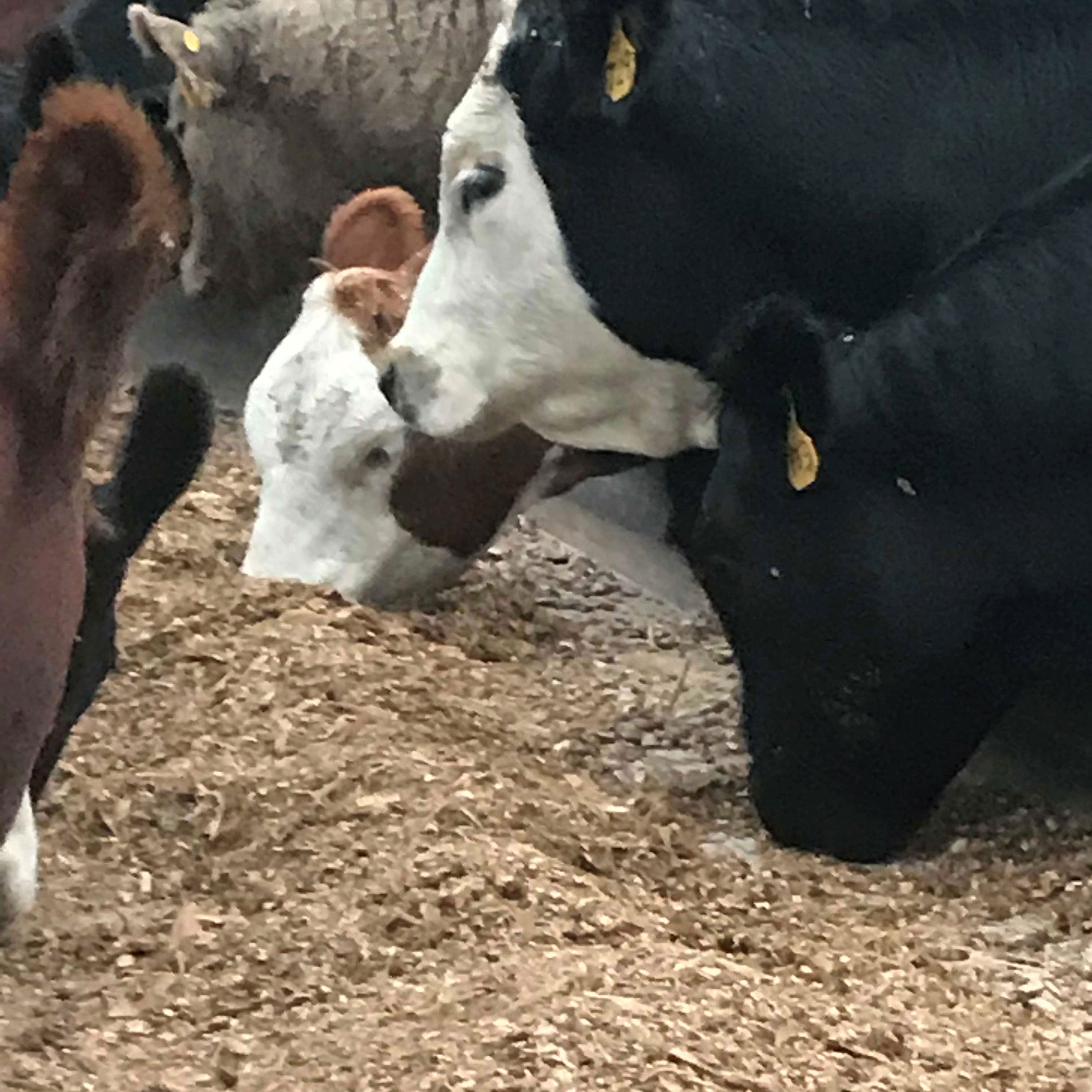
Silage
In this episode Olivia Amundson and Kiernan Brandt, former SDSU Extension Cow/Calf Field specialists, discuss packing and managing silage with Warren Rusche, SDSU Extension Beef Feedlot Management Associate.